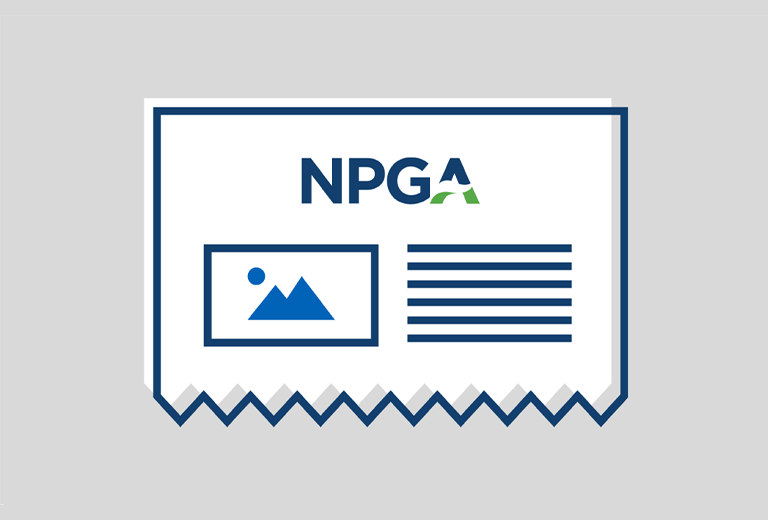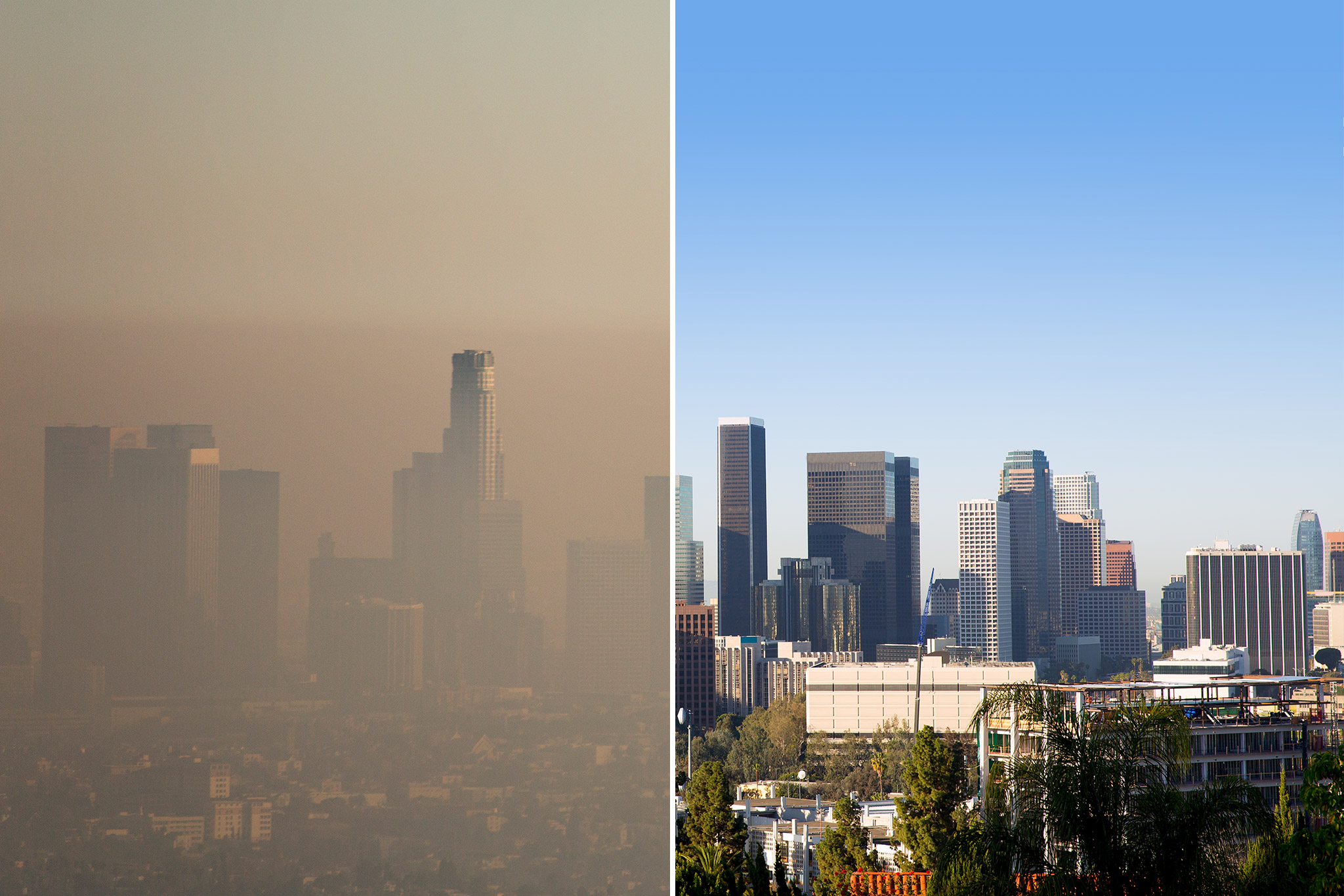One of the beliefs expressed in my “Path to Zero” article reads, “On Balance, Good Should Continuously Outweigh Bad.” The month of June gives us an opportunity to dive deeper into that axiom because it’s in June –– this year, the 20th day to be precise –– when the earth’s 1,000 miler per hour rotation spins us into summer.
Summer 2020 doesn’t feel as welcoming as years past, does it? COVID-19 has re-shaped our living patterns. Vacations aren’t easy to safely plan and summer camps aren’t open. Just as much, the political and social temperature of our country is upsettingly hot.
These issues turn up the temperature from a national level context, but they, along with a raft of other issues, create a kind of attention deficit that’s as frustrating. Matt Simon, a reporter for WIRED Magazine recently wrote about the subject of “crisis fatigue,” reminding us of the danger of prolonged exposure to crises. What really caught my attention was how crisis fatigue manifests itself on both individual and social levels. Regarding the latter, the phenomena, “tempts people to collectively throw up our hands and give up on civic engagement.”
I get it.
The frustrating question I’m asking is this: How in the world can we take on seemingly intractable issues if we’re getting so overwhelmed by the news of the day?
We have to hold two views, don’t we? A short-term view that allows us to respond to the issues of the day, and a long-term view that allows us to address persistent challenges. Air quality, as it turns out, is one of those topics that requires both.
Before I dive too far in, let’s be sure to make a distinction: When talking about air quality, we’re generally not referring to atmospheric greenhouse gases. That’s a long-term issue requiring a global response to carbon emissions. You may have seen the news that the level of atmospheric carbon dioxide observed last month at Mauna Loa observatory was as high as 417.1 parts per million (ppm) –– the highest monthly carbon dioxide level ever recorded. That’s not good, and I’ll take on the subject in subsequent articles. On the short-term front, however, ground level ozone is a challenge.
As we spin into the summer months, the phrase “Ozone Action Day” will be mentioned on the daily weather reports. An Ozone Action Day is declared when weather conditions are likely to combine with pollution emissions to form high levels of ground-level ozone –– you see it as a smoky fog near the ground. You likely know smoky fog by its common name, smog.
What are those pollution emissions?
- Particulate matter –– tiny particles of chemicals, soil, smoke, dust, or allergens, in the form of gas or solids form one part.
- Nitrogen dioxide and nitric oxide are referred to together as NOx. NOx gases form whenever combustion occurs in the presence of nitrogen – like in car engines or in the production of electricity from coal, oil or gas. In relation to NOx, smog also contains a smaller amount of sulfur dioxide, also referred to as SOx, but SOx has a nasty, sharp smell, so while there’s less of it, it’s not hard to know it’s there.
Smog is dangerous because it penetrates the lungs and bloodstream and worsen bronchitis, asthma and has been linked to increases in heart failure. It is especially hard on the lungs of little folks, which is why when I talk to audiences about the conversion of school buses from diesel to propane, I get animated.
With propane, particulate matter emissions are virtually zero when used in our most modern engines. With a simple three-way catalyst, propane reduces NOx in engines by 96 percent compared to a best-in-class diesel counterparts. Our best propane-powered engines certified to the ultra-low NOx standard of .02 operate at half that rate through a full duty cycle, even in stop-and-go applications like delivery trucks or school buses. Diesel engines, as it turns out, emit about 8X the soot when compared to propane-fueled vehicles.
Diesel exhaust is considered a human carcinogen that causes lung cancer and increases the risk of bladder cancer. To improve the safety of work environments, the American Federation of State, County and Municipal Employees recommends replacing diesel-fueled engines with propane-fueled engines where possible.
Georgia State University did a study that found children who ride to school in low-emission propane-powered buses attend school more days. Childhood asthma is a real problem for young lungs, and teachers tell me routinely that children who ride on propane-powered buses come to school calmer and ready to learn. Bus drivers tell me they have far fewer headaches than when operating a diesel bus and that they no longer have breathing issues themselves.
This is good news –– and there’s more to like:
- Propane-powered school buses produce up to 22 percent fewer greenhouse gas emissions, 24 percent fewer nitrogen oxide (NOx) emissions, and 44 percent fewer sulfur oxide (SOx) emissions compared to gasoline-fueled school buses.
- Propane-powered school buses using new low-nitrogen oxide (NOx) engines produce 95 percent fewer NOx emissions than comparable diesel-fueled school buses and 88 percent fewer NOx emissions than comparable gasoline-fueled school buses.
We cannot say that cleaner emission buses create equality. That is not a promise we should make, and as we have seen in our country today, we have much work to do as a society on that subject. A positive step forward, however, can be made by addressing equity, which translates to a principle of fairness. The EPA calls this kind of idea “environmental justice.” In their description, environmental justice means the fair treatment and meaningful involvement of all people with respect to the development, implementation, and enforcement of environmental laws, regulations, and policies.
At PERC, we’re not in the policy business, so environmental justice may not be at the center of our wheelhouse. We can, however, take a stand for environmental equity, so here it is: The propane industry strongly believes every person has a fundamental right to breathe clean air.
Before-and-after photographs of cities around the world choked with smog pre-COVID are showing in stark terms that low emission vehicles are essential to fresh, healthy air. COVID-19 has been a terrible scourge for the world and we’ll all be relieved when effective treatments and a vaccine are discovered, but we can’t fail to see the blue skies in those photos –– not seen in some places in a generation –– and wonder what will motivate cities, regions and entire countries, to clear the air by making good energy choices that outweigh bad ones.
Related News

USDA Crop Progress Report
April 18, 2024
The U.S. Department of Agriculture (USDA) Crop Report as of April 14, 2024, shows promising developments in corn and soybean planting, crucial info...

RBN Energy Weekly Supply Update
April 18, 2024
U.S. propane inventories had a significant build of 4 MMbbl this week, putting propane inventories at 55.7 MMbbl. Total propane stocks are above th...

PERC Hosts Contest at FFA Convention
April 18, 2024
The Propane Education & Research Council (PERC) recently hosted an exciting contest at the 2023 Future Farmers of America (FFA) Convention. As ...

